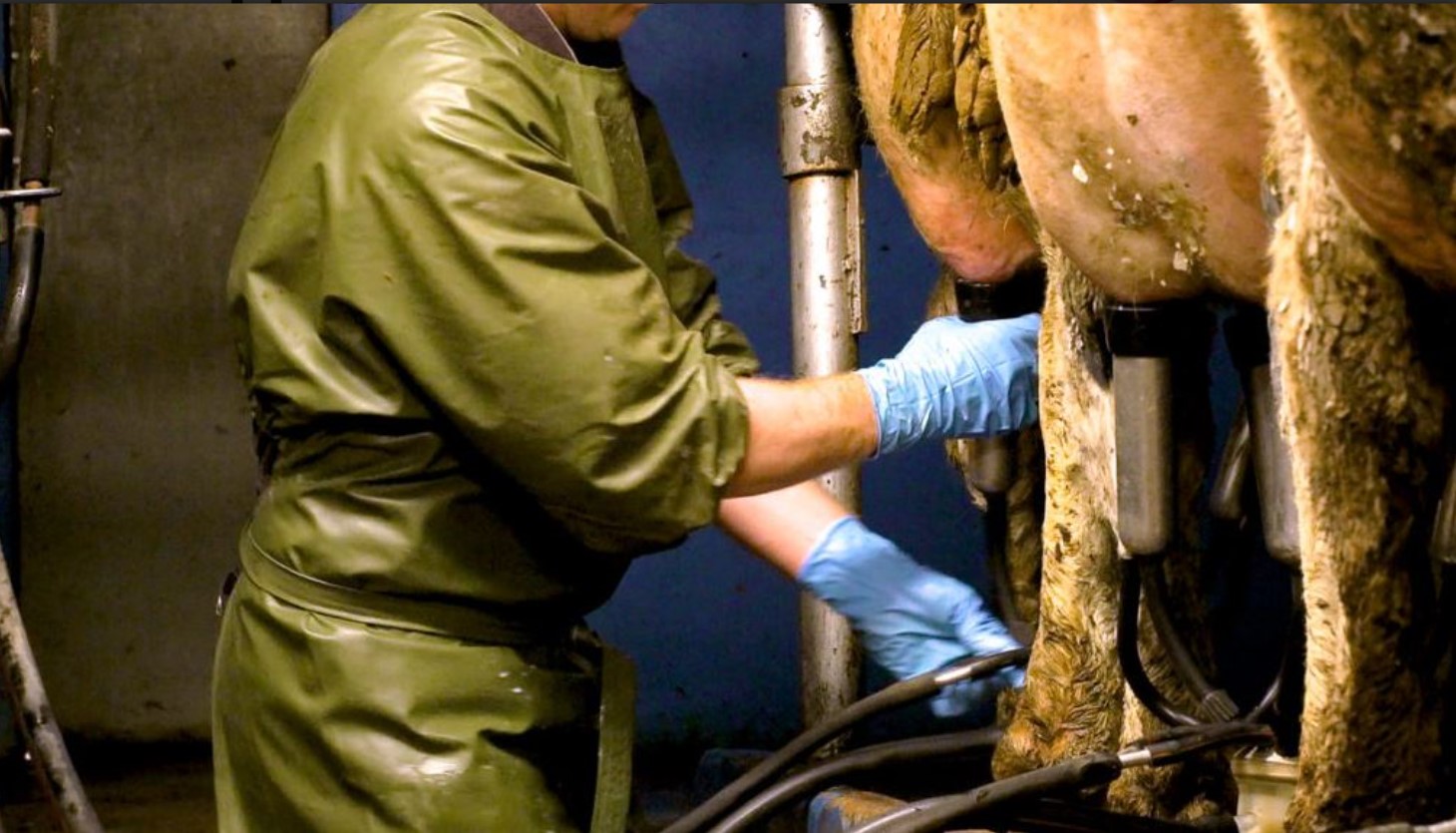Dairy is expected to be the fastest growing livestock sector over the next decade, with global milk supply projected to increase by 23%, according to a new report.
However, the Food and Agriculture Organisation of the United Nations (FAO) and the Organisation for Economic Co-operation and Development (OECD) has warned that the global agri-food sector faces fundamental challenges.
This includes the need to feed a growing world population in a sustainable manner, the impacts of the climate crisis and the economic consequences and disruptions to food supply due to the war in Ukraine.
The report outlines that direct greenhouse gas (GHG) emissions from agriculture are projected to increase by 6% during the next decade, with livestock accounting for 90% of this increase.
Emissions are projected to grow at a lower rate than production, due to yield improvements and a reduction in the share of ruminant production.
The OECD and FAO said that greater efforts will be needed from the sector to effectively contribute to global reductions in GHG emissions.
Food demand
The OECD-FAO Agricultural Outlook 2022-2031 published today (Wednesday, June 29) focusses on assessing the medium-term prospects for agricultural commodity markets.
Global demand for agricultural commodities is projected to grow at 1.1% annually over the coming decade, which is well below the 2% yearly growth experienced over the past ten years.
This is mainly due to an expected slowdown in demand growth in China and other middle-income countries, and in global demand for biofuels.
The report states that for most commodities, except dairy, per-capita demand growth will be limited until 2031.

Global food demand is projected to increase by 1.4% annually over the next decade, driven by population and income growth.
The world population is predicted to reach 8.6 billion by 2031, with two thirds of the increase expected in Africa and India.
These regions will generate a large share of additional demand for food, in particular cereals and other staples.
The report notes that economic growth and urbanisation in China, India and southeast Asia will also drive food demand.
China is expected to account for 41% and 34% of additional global food demand for fish and meat, respectively, while half of additional global demand for fresh dairy products will come from India.
Dairy and meat production
Dairy is expected to be the fastest expanding livestock sector over the next decade, with global milk supply projected to increase by 23%.
The number of milking cows is projected to increase by 14%, especially in Sub-Saharan Africa, India and Pakistan.
Growth of the dairy sector in the European Union, the second-largest milk producer globally, is expected to remain limited.
The report cites policies on sustainable production, and the lower-yielding expansion of organic and pasture-based production systems. Herds are expected to decline, limiting growth to 5% by 2031.
Growth in the United States, the third-largest milk producer, is expected to be stronger than in the EU as a result of yield increases.

Milk production growth rates in New Zealand are expected to be similar to the EU, with herds expected to decline by around 5%.
The EU is expected to maintain its dominance in global butter and skimmed milk-powder production.
The report outlines that global meat production is expected to increase by 15%, with beef contributing 12% to that growth, pork will account for 38%, poultry will make up 45% and 5% will be sheep and goats.
Over the next decade, demand growth for vegetable oil will be constrained by stagnant or declining biodiesel consumption.
War in Ukraine
The OECD and FAO noted that the most significant short-term uncertainties relate to the impact of Russia‘s invasion of Ukraine on agricultural production and fertiliser markets.
The report warns that prices for wheat could be 19% above pre-conflict levels if Ukraine fully loses its capacity to export and 34% higher if in addition, Russian exports are half of normal amounts.
“Without peace in Ukraine, food security challenges facing the world will continue to worsen, especially for the world’s poorest,” Mathias Cormann, OECD secretary general, said.
“An immediate end of the war would be the best outcome for people in both Russia and Ukraine and for the many households around the world that are suffering from sharp price increases driven by the war,” he added.
“These rising prices of food, fertiliser, feed and fuel, as well as tightening financial conditions are spreading human suffering across the world,” FAO director general, QU Dongyu commented.
“An estimated 19 million more people could face chronic undernourishment globally in 2023, if the reduction of global food production and food supply from major exporting countries, including Russia and Ukraine, results in lower food availability hitting worldwide.”
The direct and indirect impact of the Covid-19 pandemic on agricultural production also remains uncertain.
The report noted that production of agricultural commodities remains vulnerable to weather and plant and animal diseases.
